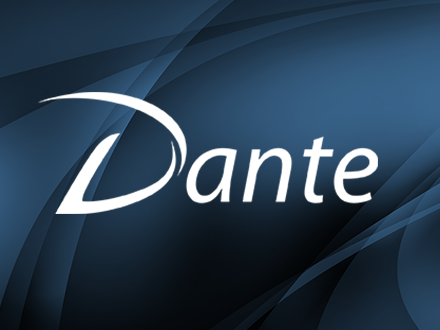An Event Hub is the Heart of a Cloud-Native System
Cloud-native is a rapidly evolving approach to building software systems. In its infancy, it was often assumed that cloud-native systems where simply composed of inter-connected microservices and deployed to containers in the cloud. However, this approach has led to the creation of extremely fragile, overly complex, and surprisingly expensive systems. Fast forward and you will find an event-hub at the heart of any truly cloud-native system.
The promise of cloud-native is to rapidly and continuously deliver innovation with confidence that the system will remain stable in the face of constant change and will scale to meet user demands. This confidence is derived from the knowledge that cloud-native systems are designed to be resilient to failure. Cloud-native systems are composed of bounded and isolated components. These components form natural bulkheads that limit the blast radius when an individual component encounters a failure. An event-hub is the primary mechanism for isolating components from each other. All inter-component communication is accomplished via asynchronous messaging built on cloud-native event streaming. The event-hub drives the creation of reactive, cloud-native systems that are responsive, resilient and elastic.
With an event-hub we are turning the database inside out and ultimately turning the cloud into the database. We apply the Event Sourcing and Command Query Responsibility Segregation (CQRS) design patterns to achieve proper bulkheads by replicating data between components to create materialized views. Thus each component maintains complete ownership of the data it needs to operation. Each bounded isolated component is fully autonomous. Nothing is shared across components. Each component is optimized using polyglot persistence to achieve maximum global scale.
An essential feature of an event-hub is the Data Lake. The data lake is the ultimate source of record. It is a complete audit trail of all domain events stored in their raw format in perpetuity. Events can be replayed from the data lake to seed new components and repair existing components. The data lake is also an extremely valuable source of analytical information, because domain events are business facts. Extensive statistics can be calculated from the contents of the data lake. This historical information can also be leveraged to validate the hypothesis of new business algorithms. An event-hub and its data lake are the foundation for modern data warehousing and big data analytics.
Furthermore, an event-hub is the cornerstone for creating evolutionary architecture. Big bang migrations are a relic of monolithic thinking. Whether you are incrementally unfolding a value-focus migration to cloud-native or simply implementing the next great innovation to your current cloud-native system, an event-hub is instrumental for integrating with legacy features so that we can run the old and the new in tandem to mitigate risk.
Engage the Dante team to help you harness the power of Cloud-Native.
